
Marquetry is the elegant ancient art of inlaying veneer
Marquetry (from the French "marqueter") is a type of inlay, a surface finishing technique involving the application of decorative elements made from veneer (thin wood layers) onto a wooden base. Marquetry is widely used for artistic decoration of furniture and decor items in the form of beautiful patterns, ornaments, or designs.
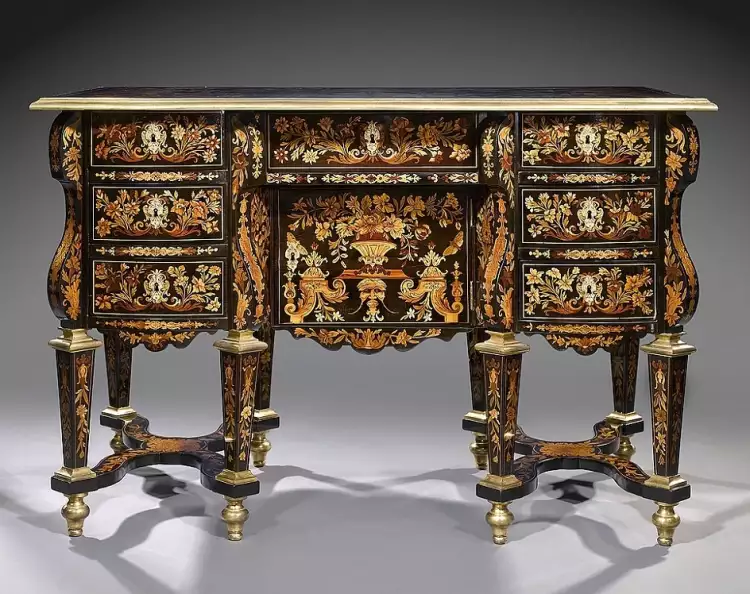 Marquetry. Pierre Gaulle. A desk, late 17th century
Marquetry. Pierre Gaulle. A desk, late 17th century
Marquetry is an ancient craft where a master, using cutting tools and glue, creates unique works of art. This inlay technique demands immense patience, perseverance from the artist, and requires talent and diligence.
Types and Characteristics of Marquetry Technique
Marquetry is sometimes referred to as the art of wooden mosaic. In this technique, besides wood, other materials can be used to decorate small sections of the surface:
- Ivory.
- Walrus tusk.
- Tortoiseshell.
- Mother-of-pearl.
- Lead and brass inlays.
- Straw.
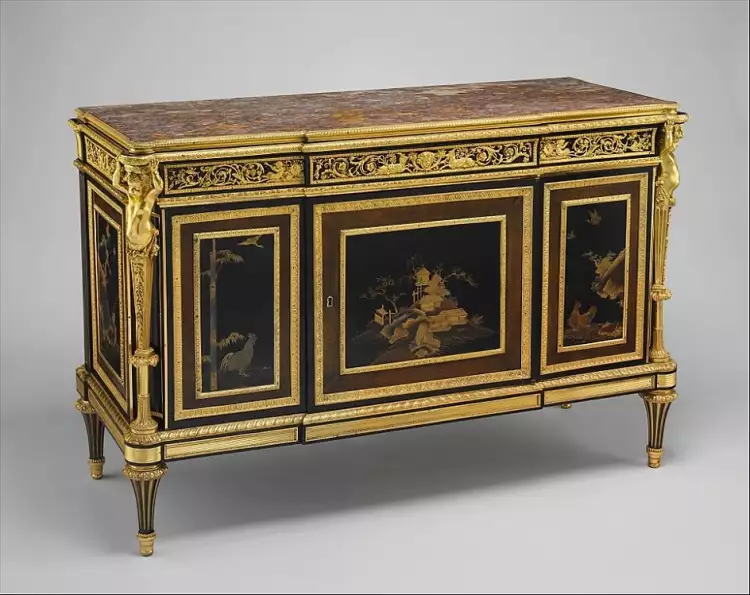 Marquetry. Adam Weiswaller. A chest of drawers, late 18th century
Marquetry. Adam Weiswaller. A chest of drawers, late 18th century
The simplest form of marquetry involves decorating surfaces with decorative elements made from veneer of two different shades. Valuable wood species are commonly used to make veneer, such as:
- Plane tree.
- Sycamore.
- Black and redwood.
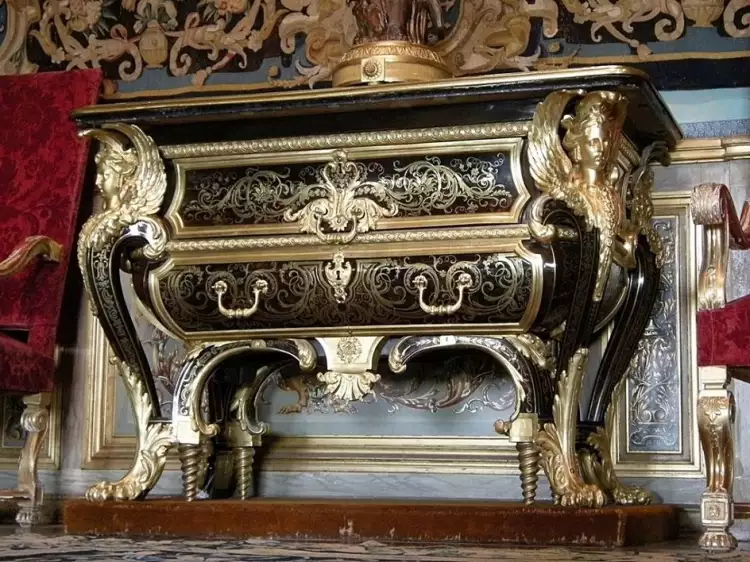 Marquetry. André-Charles Boule. A chest of drawers, early 18th century
Marquetry. André-Charles Boule. A chest of drawers, early 18th century
Artworks created using the marquetry technique can be classified by several parameters:
- Type of veneer (natural or modified, from the tree trunk or root, sawn or peeled, tangential or radial).
- Type of pressing (hot, cold, vacuum).
- Type of additional processing (scorching, shading with sand, engraving fine lines, tinting individual parts).
- Veneer thickness (0.5-2 mm).
- Type of protective coating (regular or special varnishes, polyurethane oils, wax).
Marquetry. André-Charles Boule. Cupboard, 1700
At the initial stage of marquetry, the artist usually creates a sketch (design) of the future artwork and selects the necessary tools. In modern times, marquetry masters use sets of knives with replaceable blades.
History of Marquetry
The history of marquetry dates back to the ancient era. Even in Ancient Rome, there were masters of artistic furniture decoration using thin strips of wood from valuable species. The age of the oldest inlaid objects discovered by modern archaeologists is at least 2000 years.
After the fall of the Roman Empire, the ancient art of marquetry was lost for many centuries. The centers of its renaissance in the 16th century became European cities like Florence and Naples. However, Italian masters preferred to work more with natural marble and precious stones.
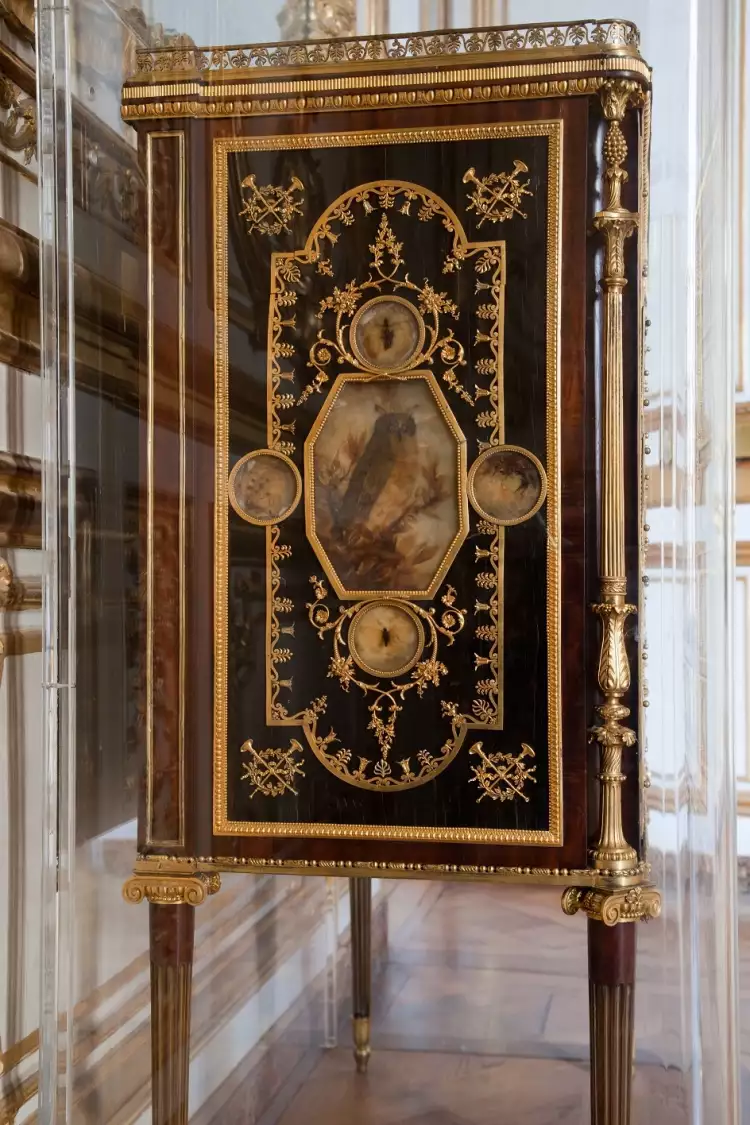 Marquetry. Guillaume Benemann. Medallist, late 18th century
Marquetry. Guillaume Benemann. Medallist, late 18th century
The full revival of the art of wooden mosaic occurred in another part of Europe – in Flanders (in the territories of modern Netherlands and Belgium). In the early 16th century, Antwerp was the largest seaport of the Old World, where wood from valuable species was imported from America, Africa, and Asia.
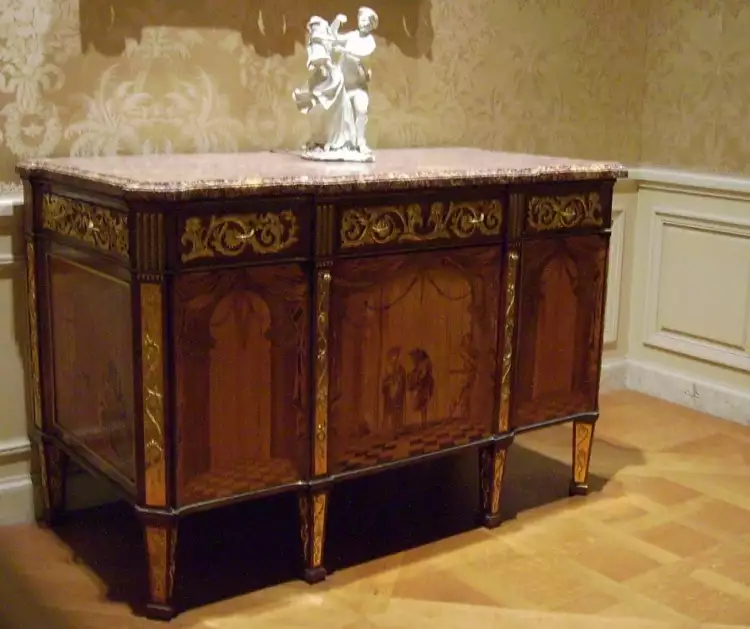 Marquetry. David Roentgen. A chest of drawers, late 18th century
Marquetry. David Roentgen. A chest of drawers, late 18th century
Flemish masters quickly learned to craft unique household items, furniture, musical instruments, wall panels, and columns from veneer. They created not only patterns and ornaments but also entire pictures with subjects on religious, historical, mythological, and everyday themes.
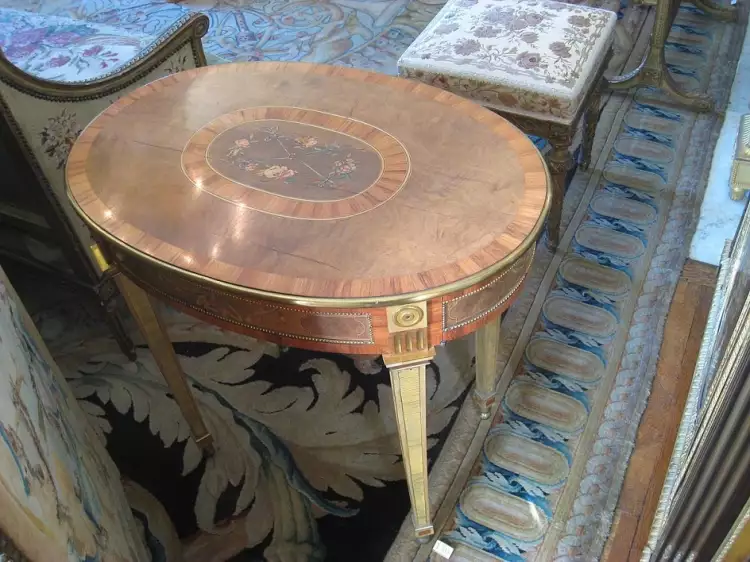 Marquetry. David Roentgen. Table, late 18th century
Marquetry. David Roentgen. Table, late 18th century
In the second half of the 16th to the beginning of the 17th century, the greatest master cabinetmaker of the Baroque era, André-Charles Boulle, lived and worked in France. His contemporaries called this genius of wooden inlay "the jeweler of furniture" due to the sophistication of his style and impeccable technique. King Louis XIV of France not only was a constant patron of Boulle but also contributed to the popularity of the artist's work in the highest society of Western Europe.
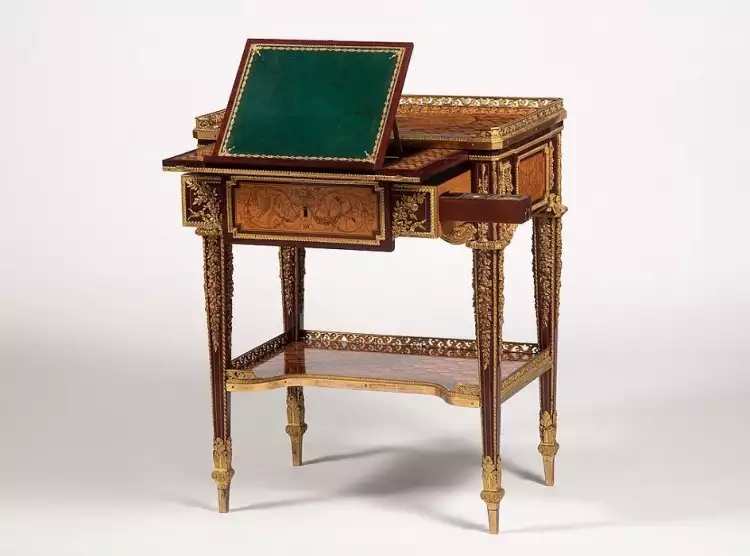 Marquetry. Jean-Henri Risener. Marie Antoinette's desk, late 18th century
Marquetry. Jean-Henri Risener. Marie Antoinette's desk, late 18th century
The period of the highest flourishing of marquetry art came in the 17th century. Veneer-inlaid objects were highly popular among the wealthiest individuals in France, Germany, and England. The 17th century is closely associated with the names of most of the greatest marquetry artists of all times, except André-Charles Boulle.
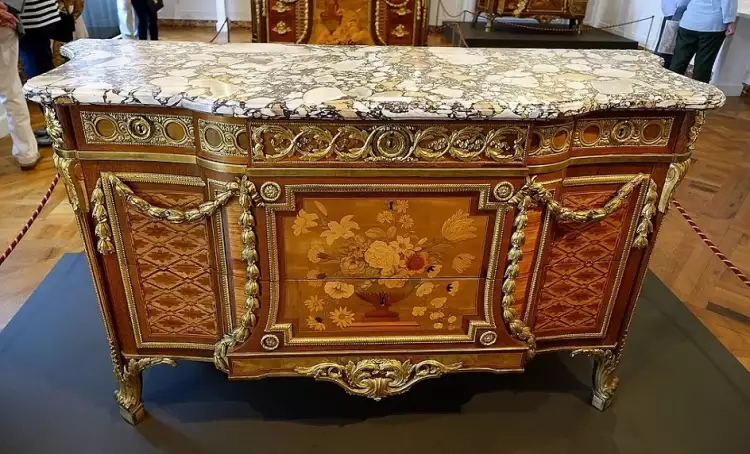 Marquetry. Jean-Henri Risener. French chest of drawers, 1776
Marquetry. Jean-Henri Risener. French chest of drawers, 1776
From the beginning of the 18th century, the fashion for marquetry gradually wanes, although the demand for furniture in the Boulle style has survived the transition of many historical eras in art: from classicism to abstractionism. In our days, antique items crafted in the unique marquetry technique fetch substantial sums of money and invariably create a sensation at auctions worldwide.
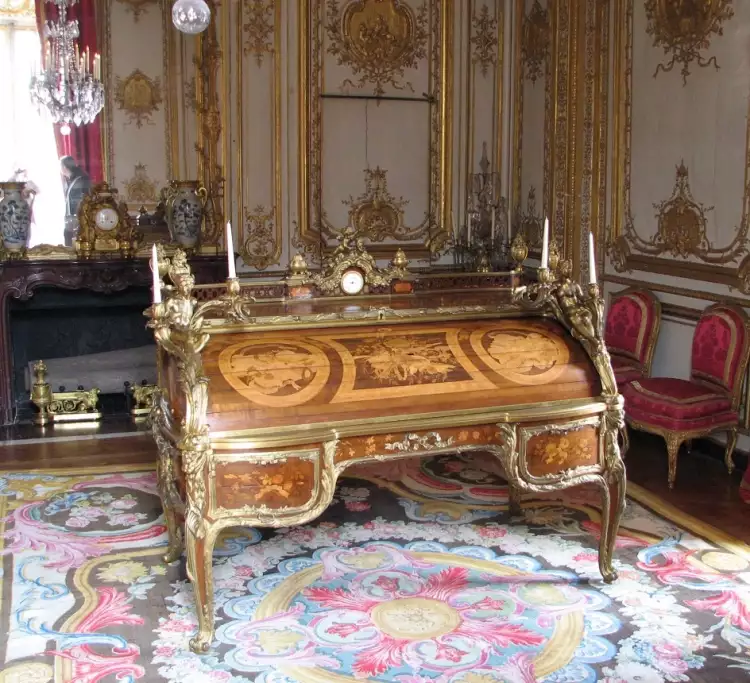 Marquetry. Jean-François Eben. Louis XV's cylindrical bureau, 1769
Marquetry. Jean-François Eben. Louis XV's cylindrical bureau, 1769
Most Famous Marquetry Artists
The names of the most famous marquetry artists were well known to their contemporaries. The destinies of these artists varied, but each of them made a significant contribution to the development of the ancient decoration technique and deserves separate mention:
- André-Charles Boulle - the most renowned master of wooden inlay of all times. A lavish and elaborate marquetry style bears his name, and the legacy of the artist was continued by his four sons and numerous apprentices. The King of France allocated a workshop space for this genius in the Louvre and provided patronage until his death.
- Jean-François Oeben - a French marquetry artist of German origin, a student of Charles-Joseph Boulle, and the grandfather of the famous painter Eugène Delacroix. Oeben gained immense popularity among patrons due to his unique talent for creating ingenious mechanisms while crafting exquisite furniture.
- Jean-Henri Riesener - also of German origin, who spent most of his life in France. Riesener was the court cabinetmaker of King Louis XVI until the French Revolution, working in the styles of Rococo and Neoclassicism.
- David Roentgen - a German artist whose works were eagerly purchased by monarchs of Germany, Russia, and France. Roentgen was a peerless master of intricate design in the Rococo style and worked with the most precious wood species.
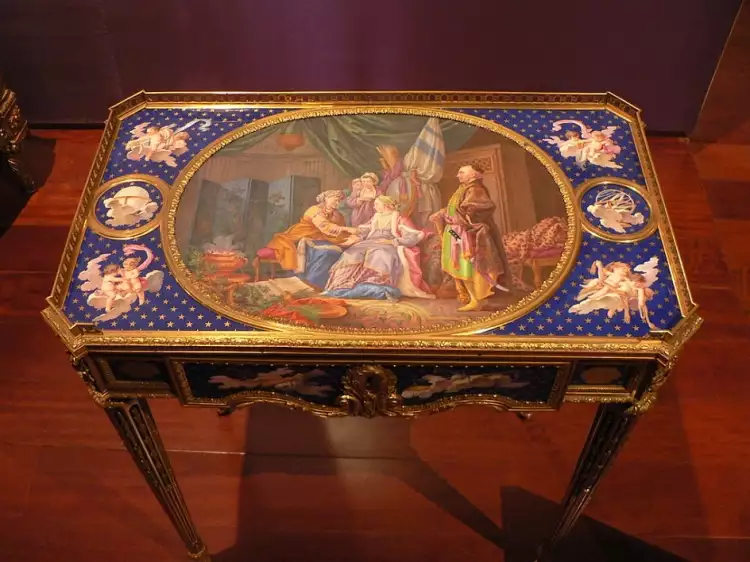 Marquetry. Martin Carlen. A woman's writing desk with a painting, late 18th century
Marquetry. Martin Carlen. A woman's writing desk with a painting, late 18th century
On the Very Important Lot website, everyone interested has the opportunity to participate in art auctions and acquire antique items. The website also offers the chance to purchase exquisite furniture directly from contemporary artists.
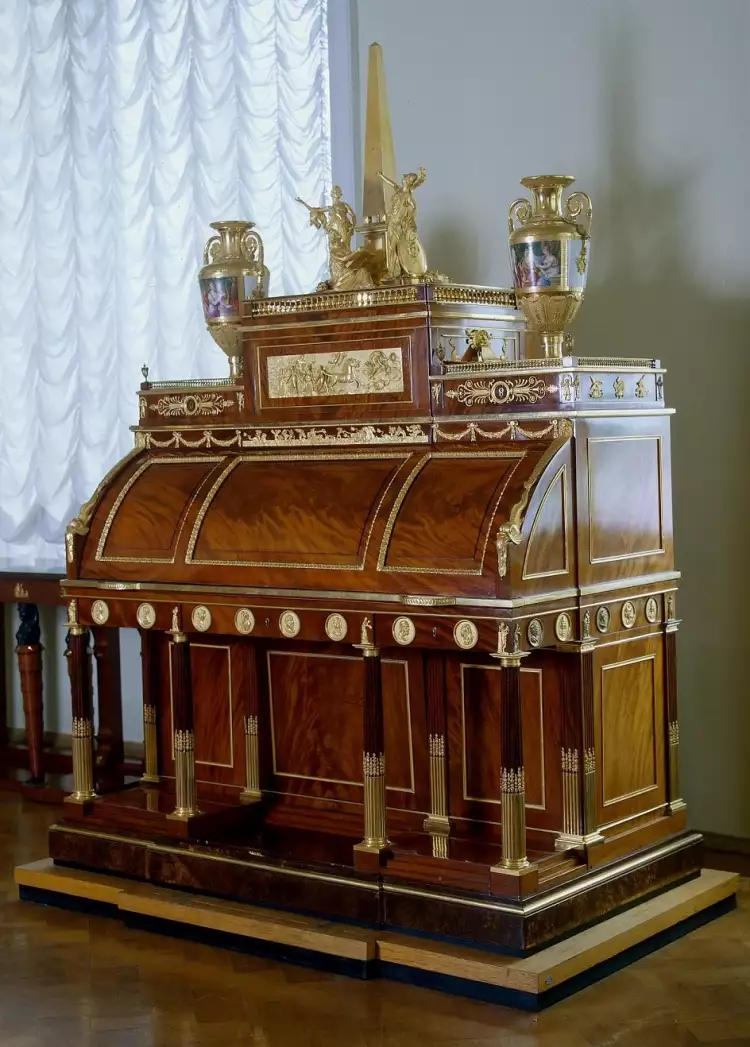
 Romanticism: Wings of Freedom and Inspiration
Romanticism: Wings of Freedom and Inspiration  Caspar David Friedrich is the most famous and melancholic romanticist of German painting
Caspar David Friedrich is the most famous and melancholic romanticist of German painting  Top 10 Most Iconic Sculptors in the World
Top 10 Most Iconic Sculptors in the World 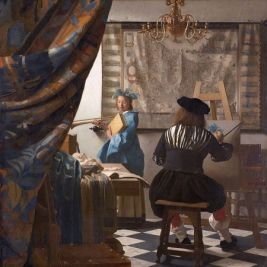 An artist is a tireless creator of masterpieces of art
An artist is a tireless creator of masterpieces of art  The painting "The Wanderer" by Vasily Grigorievich Perov portrays the image of noble poverty and human dignity
The painting "The Wanderer" by Vasily Grigorievich Perov portrays the image of noble poverty and human dignity  Phaleristics is a young scientific discipline about antique awards
Phaleristics is a young scientific discipline about antique awards 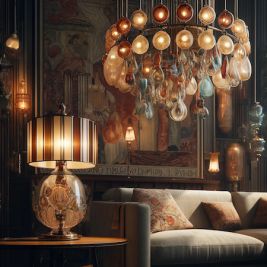 Current Popular Items in the Antique Market
Current Popular Items in the Antique Market 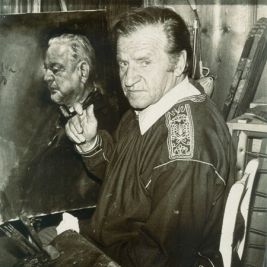 Paul Mathias Padua: Sensitive power nature
Paul Mathias Padua: Sensitive power nature 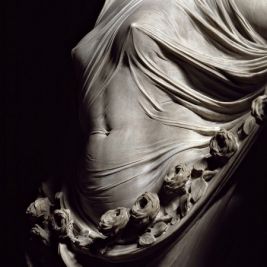 Marble Veil: Trompe-l'oeil Technique in Sculpture
Marble Veil: Trompe-l'oeil Technique in Sculpture  Ethnic style in interior design - the romance of travel and exotic countries
Ethnic style in interior design - the romance of travel and exotic countries